26 People From the LGBTQ Movement You Should Know
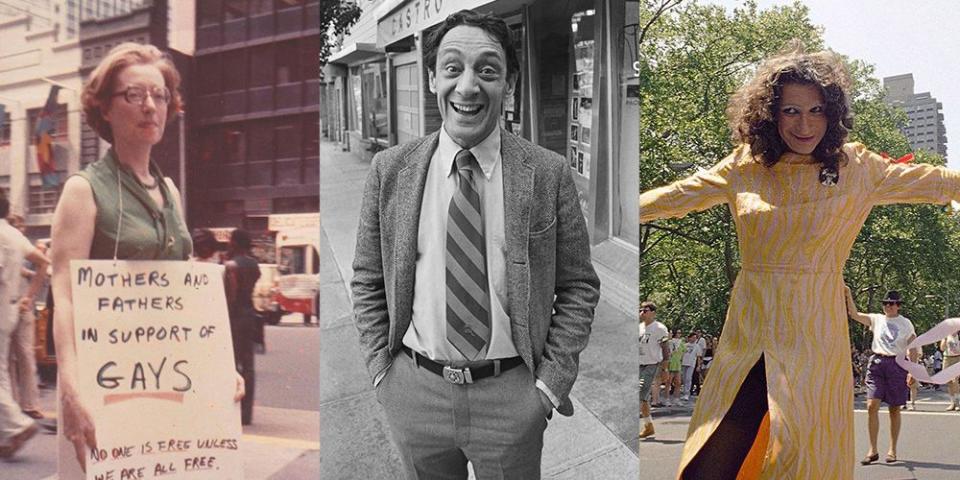
26 People From the LGBTQ Movement You Should Know
Without the contributions of these people, Pride Month would not exist. Some of them are artists. Others are politicians. And many are just regular people who saw the need for change and took action. One thing is for sure — all of them are heroes.
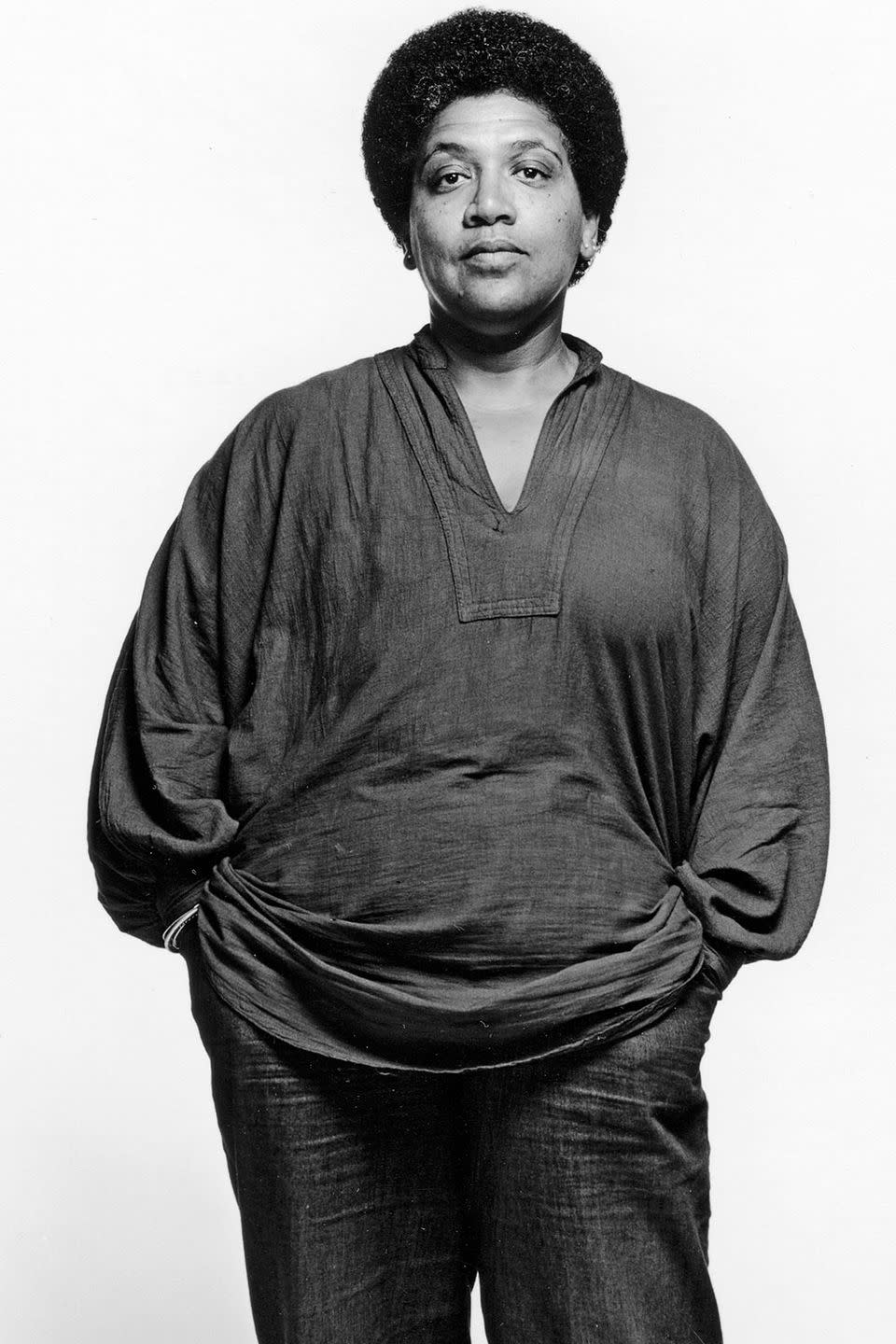
Audre Lorde
Lorde described herself as a "black feminist lesbian poet warrior mother." She had a way with words and used that talent to speak out against racism, sexism, and homophobia. Lorde died of liver cancer in 1991, but in in 2001 Publishing Triangle instituted the Audre Lorde Award to honor lesbian poetry.
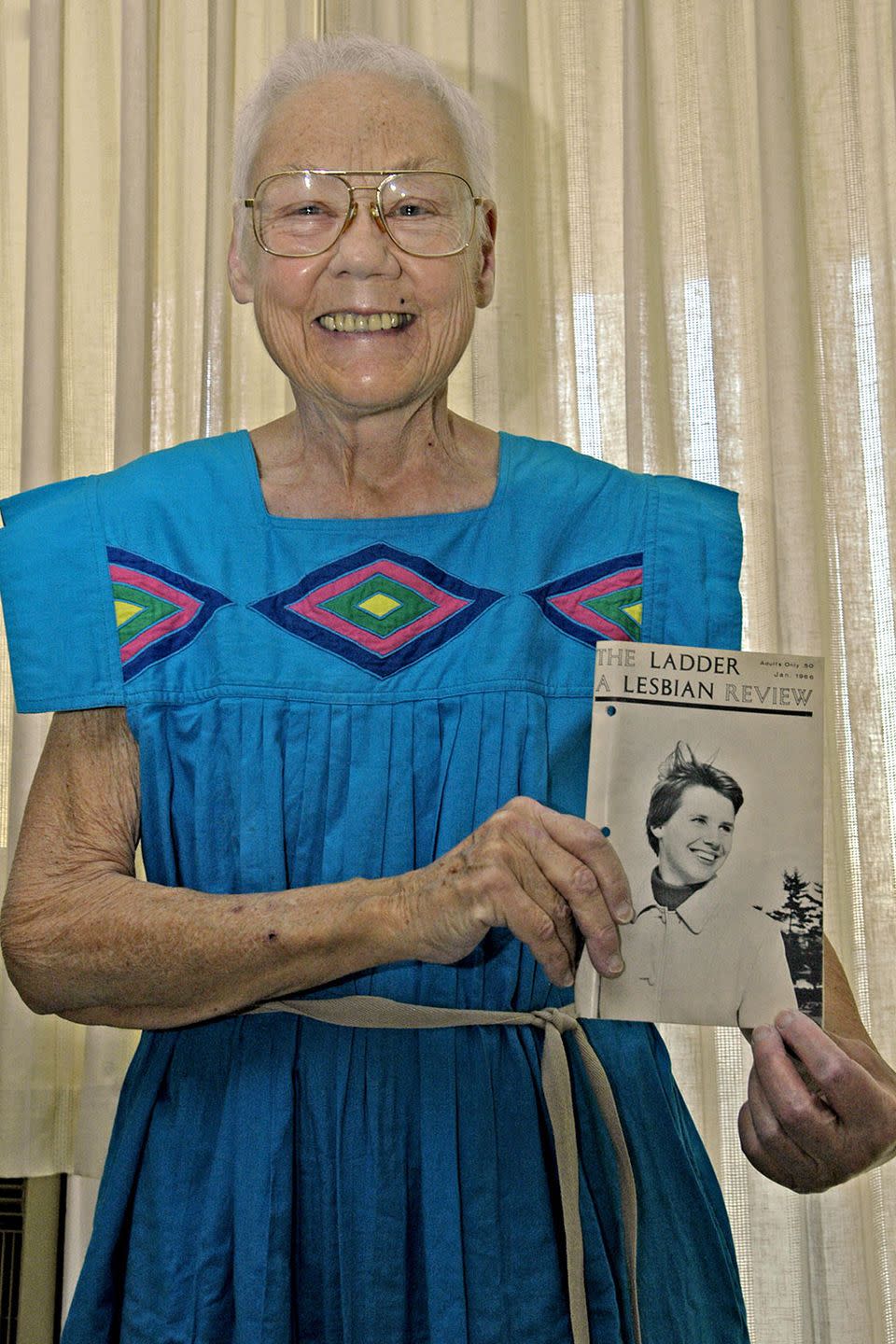
Barbara Gittings
Gittings became a crusader for gay rights a decade before the Stonewall rebellion. In addition to launching the New York chapter of the lesbian organization, Daughters of Bilitis (which she ran form 1958 to 1963), she edited their national magazine and was known for standing front and center in picket lines protesting anti-gay discrimination.

Bayard Rustin
Rustin never hid his homosexuality while fighting alongside Dr. Martin Luther King Jr. in the Civil Rights Movement. His unapologetic openness pushed him to work mostly behind the scenes of the movement. He later urged New York City mayor Ed Koch to work on a gay rights bill before his death in 1987. He was posthumously awarded the Presidential Medal of Honor by President Obama in 2013.
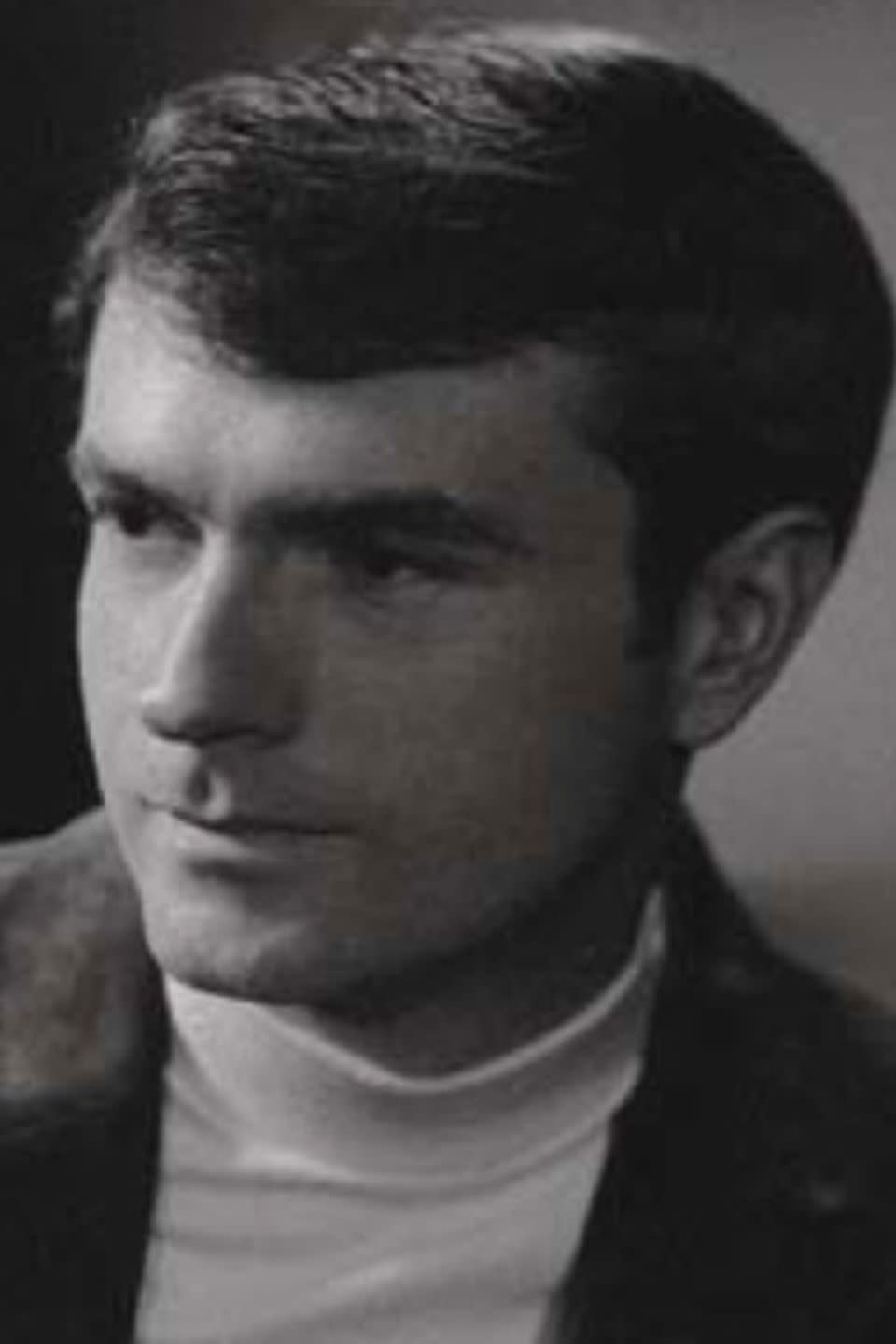
Bill Thom
Thom used his law background to launch Lambda Legal in 1973, along with Michael Lavery and Cary Boggan. The organization has been providing legal assistance to the LGBTQ community since it was founded and has been involved in major court cases in the fight for equal rights.
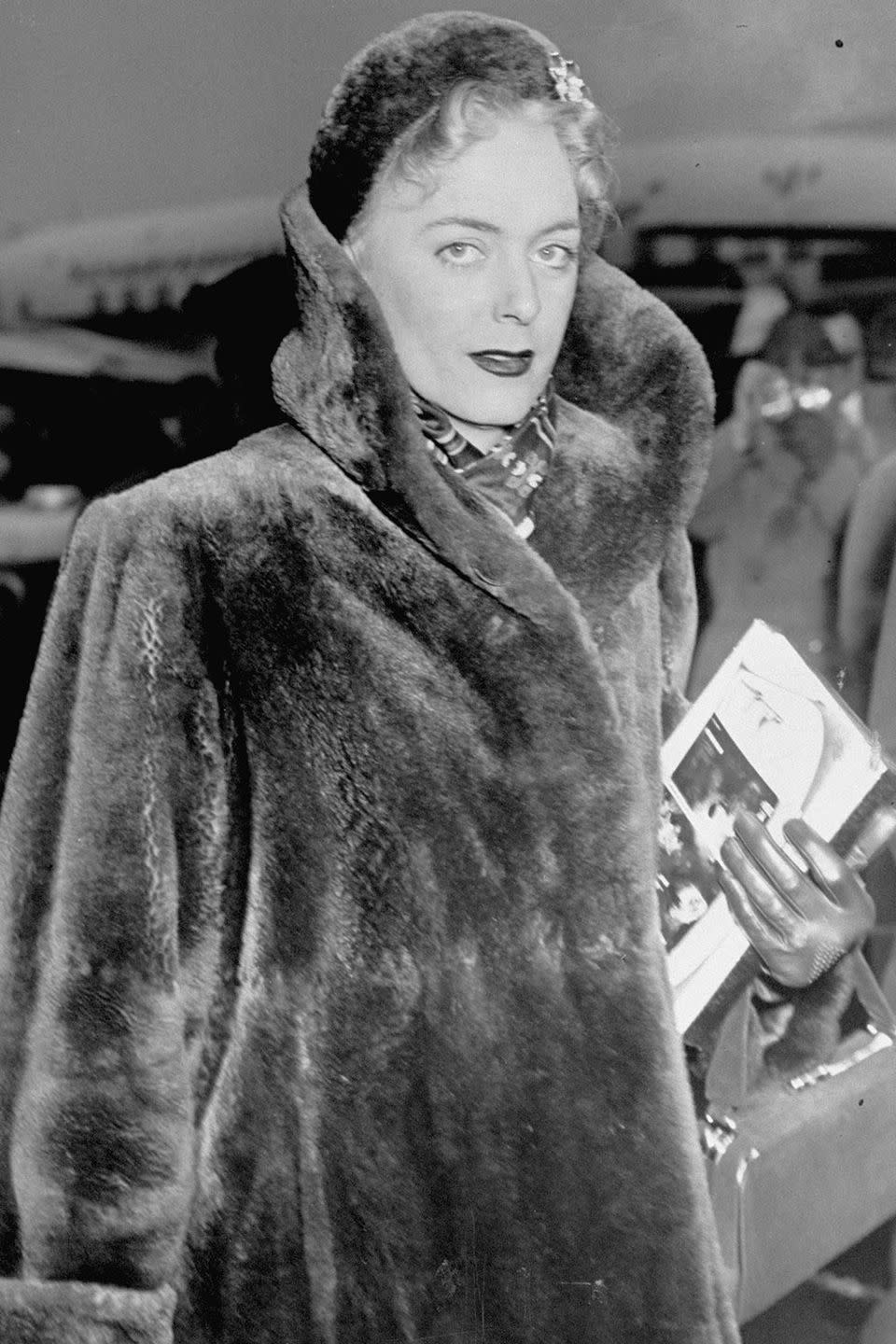
Christine Jorgensen
After undergoing sex reassignment surgery in Denmark, the Bronx native returned to the United States in 1953 and became an overnight celebrity. She used her platform to advocate for the trans community while making public appearances discussing her life story.
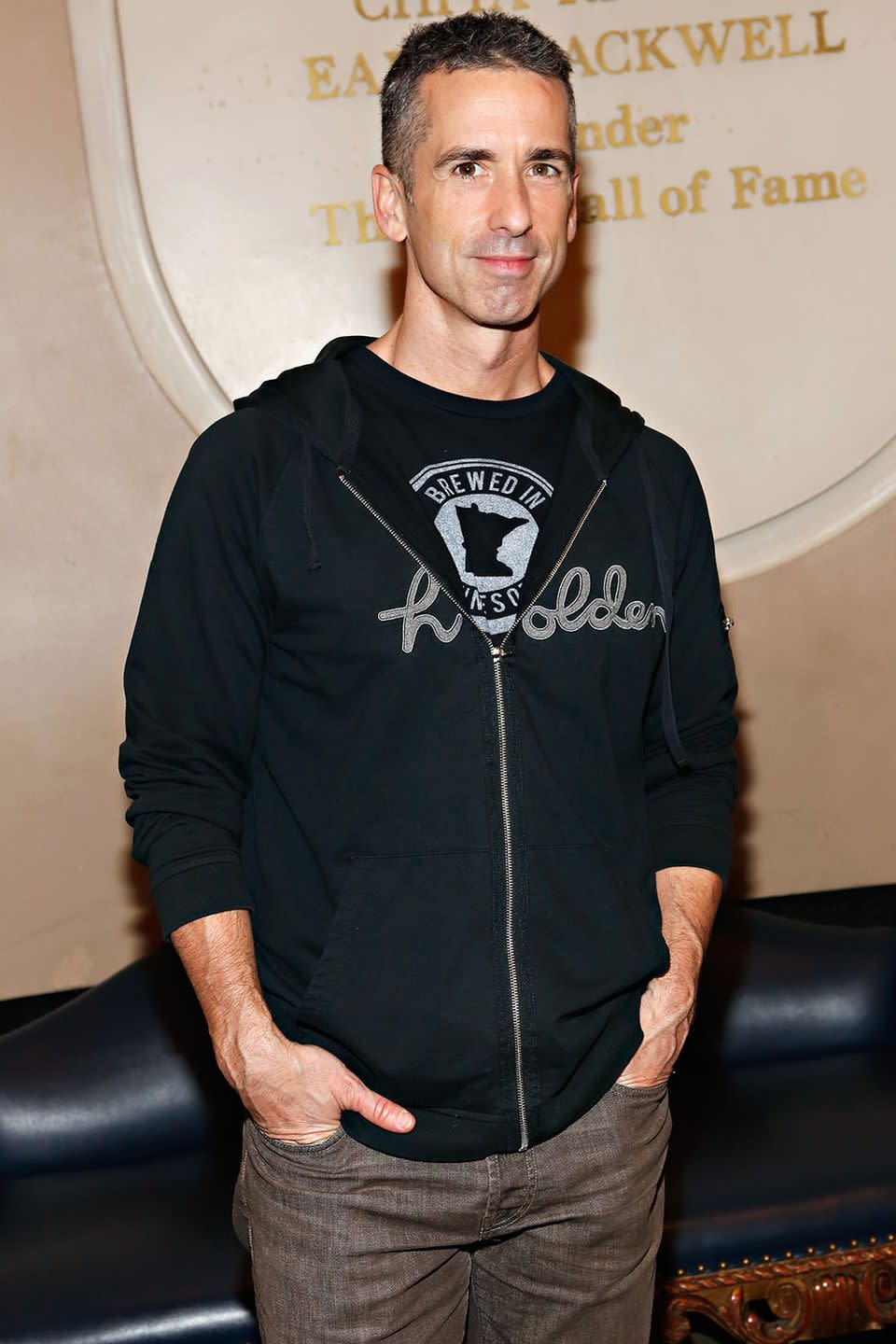
Dan Savage
Savage is a writer and media pundit who has always been outspoken about LGBTQ issues, but really made his mark by launching the It Gets Better Project in 2010 with his husband. The group works to prevent suicide among young LGBTQ people.

Del Martin and Phyllis Lyon
Martin are Lyon co-founded Daughters of Bilitis in San Francisco as a couple in the 1950s. They were the first same-sex couple married in 2004 after the city clerk was ordered to provide marriage licenses to gay couples. Their marriage was voided later that year by the California Supreme Court. They married again in 2008 when the court legalized same-sex marriage in the state.
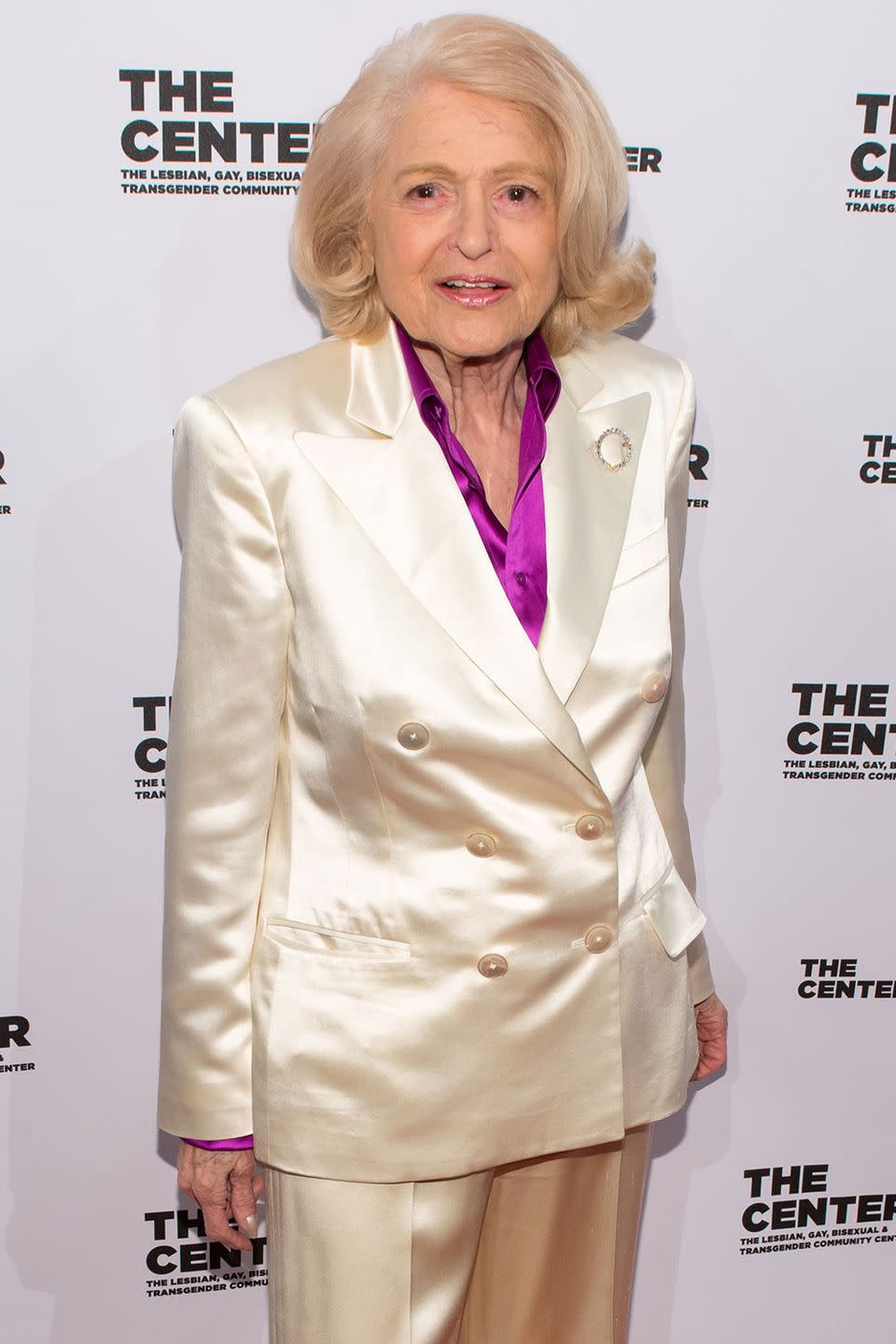
Edie Windsor
Windsor became an activist after reading about the Stonewall Riots with her partner, Thea Spyer, in 1969. When Spyer died in 2009, Windsor took on the government after being forced to pay taxes for inheriting her wife's estate as part of the Defense of Marriage Act. Her victory in that case was instrumental in the fight for marriage equality in the U.S.
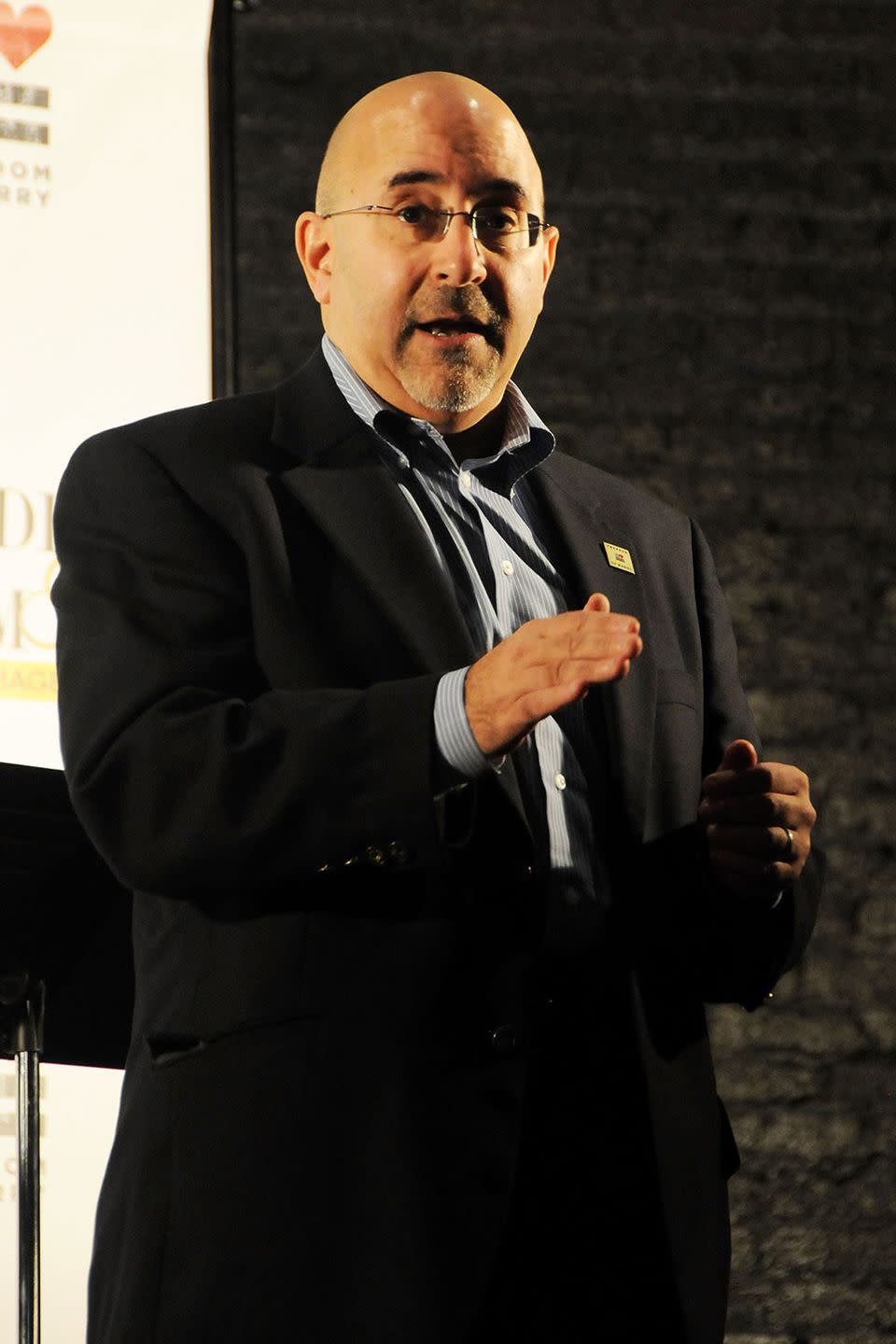
Evan Wolfson
Wolfson is an attorney based in New York who worked with Lambda Legal until 2001 when he left to launch the Freedom to Marry organization. He wrote a book on the topic called Why Marriage Matters and was listed as one of Time's most influential people in the world in 2004.

Frank Kameny
Kameny fought tirelessly for equal rights throughout his life. He and the D.C. branch of the Mattachine Society drafted a bill to get the sodomy laws overturned in the city, which was passed in 1993 (30 years after it was written.) He was also a key player in getting the American Psychiatric Association to no longer list homosexuality as a mental disorder.
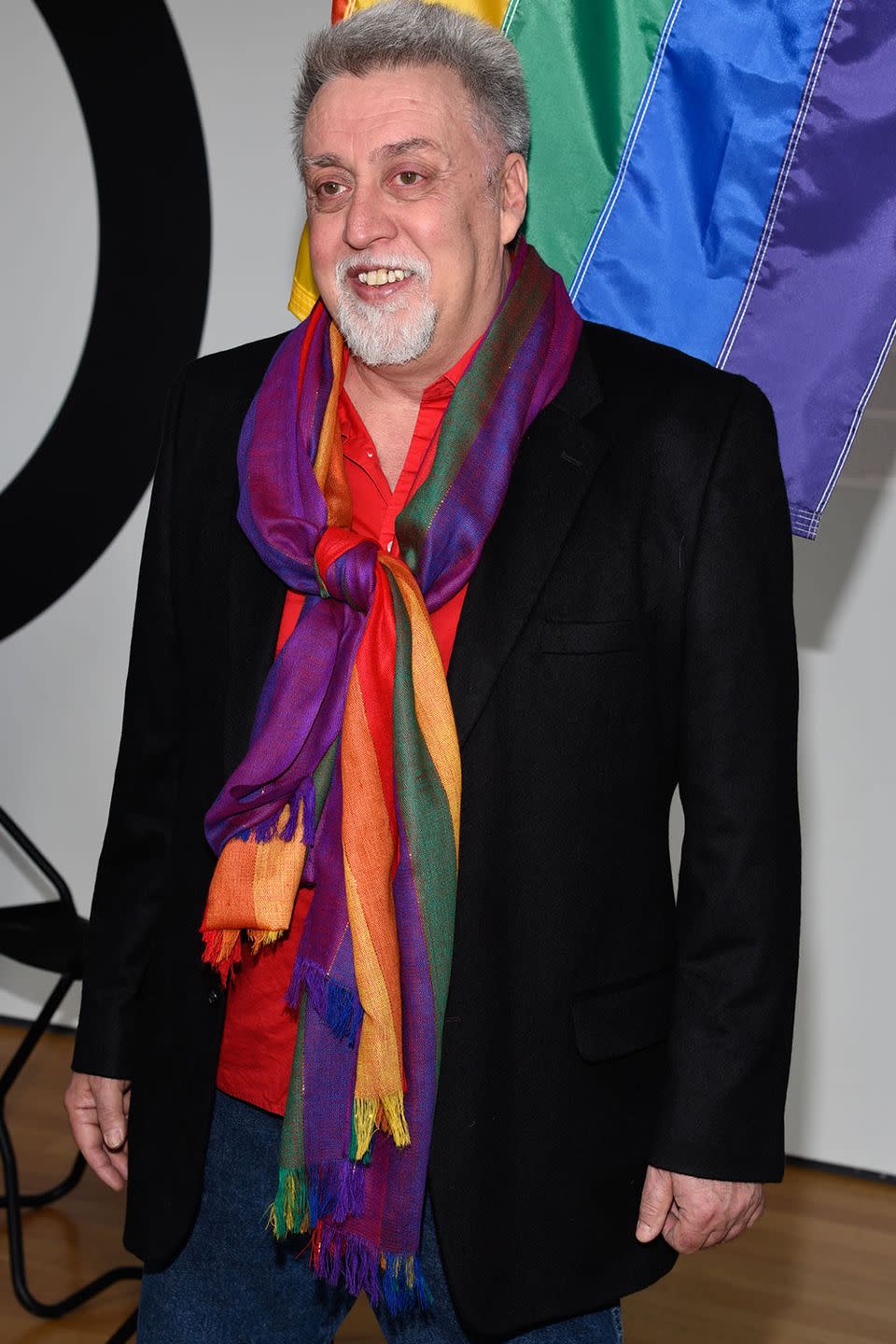
Gilbert Baker
Baker helped define the LGBTQ movement as the designer of the rainbow flag. The flag was first unveiled at the San Francisco Pride Parade in 1978 and has become a universal symbol for the community.

Harry Hay
Hay attempted to unite closeted gay men in L.A. in the 1950s by organizing a secret society called Bachelors Anonymous under the idea that homosexual rights was something worth pursuing just like any other minority group. That group later became known as the Mattachine Society.
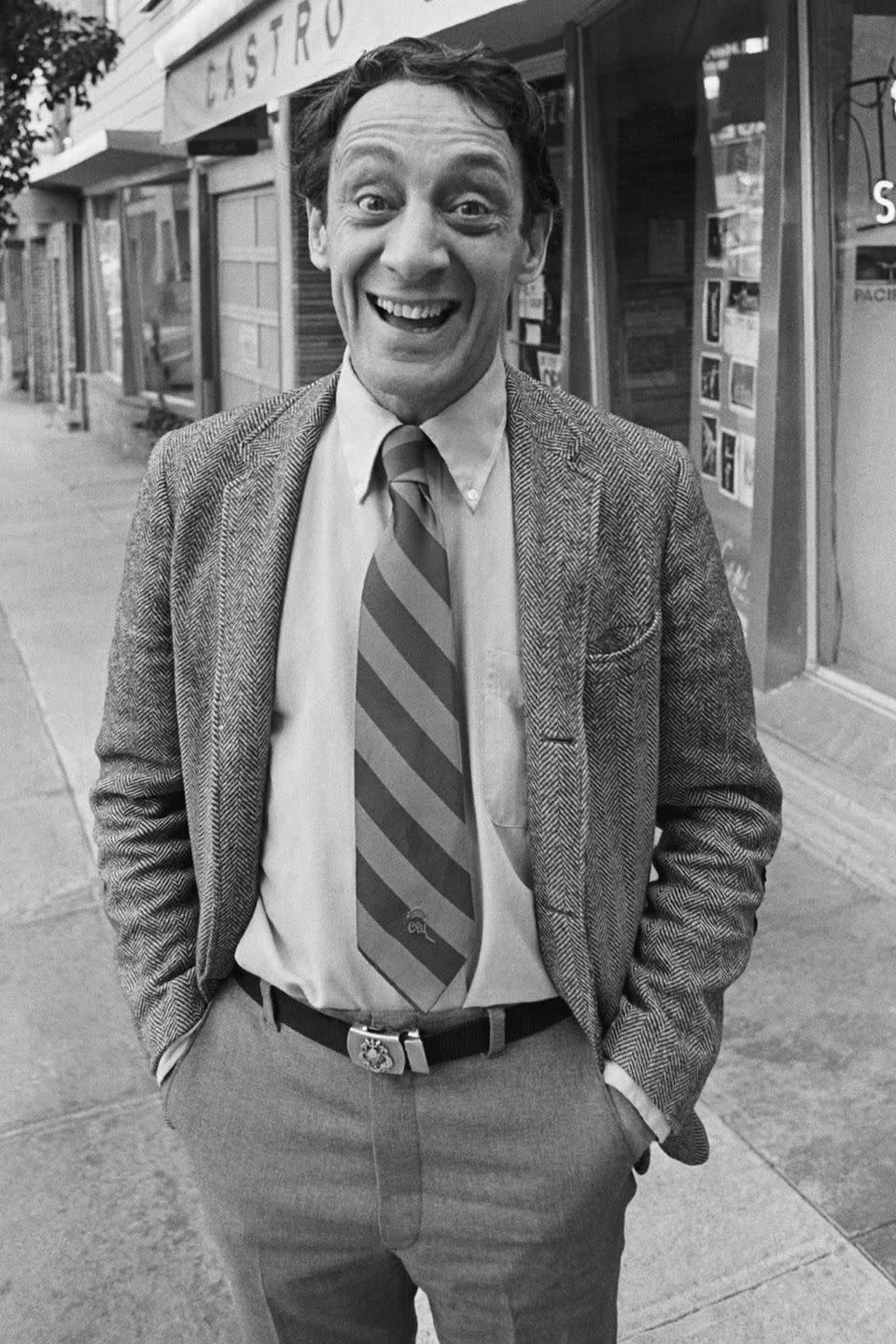
Harvey Milk
Milk got involved in local politics and activism after moving from New York City to San Francisco. He ran twice for a position on the San Francisco Board of Supervisors and lost both races. He won a spot on the City-County Board in 1977 after earning the nickname "Mayor of Castro Street," making him the first openly gay elected official in California. Milk spent his time on the board working on many issues including gay rights before his assassination in November 1978.
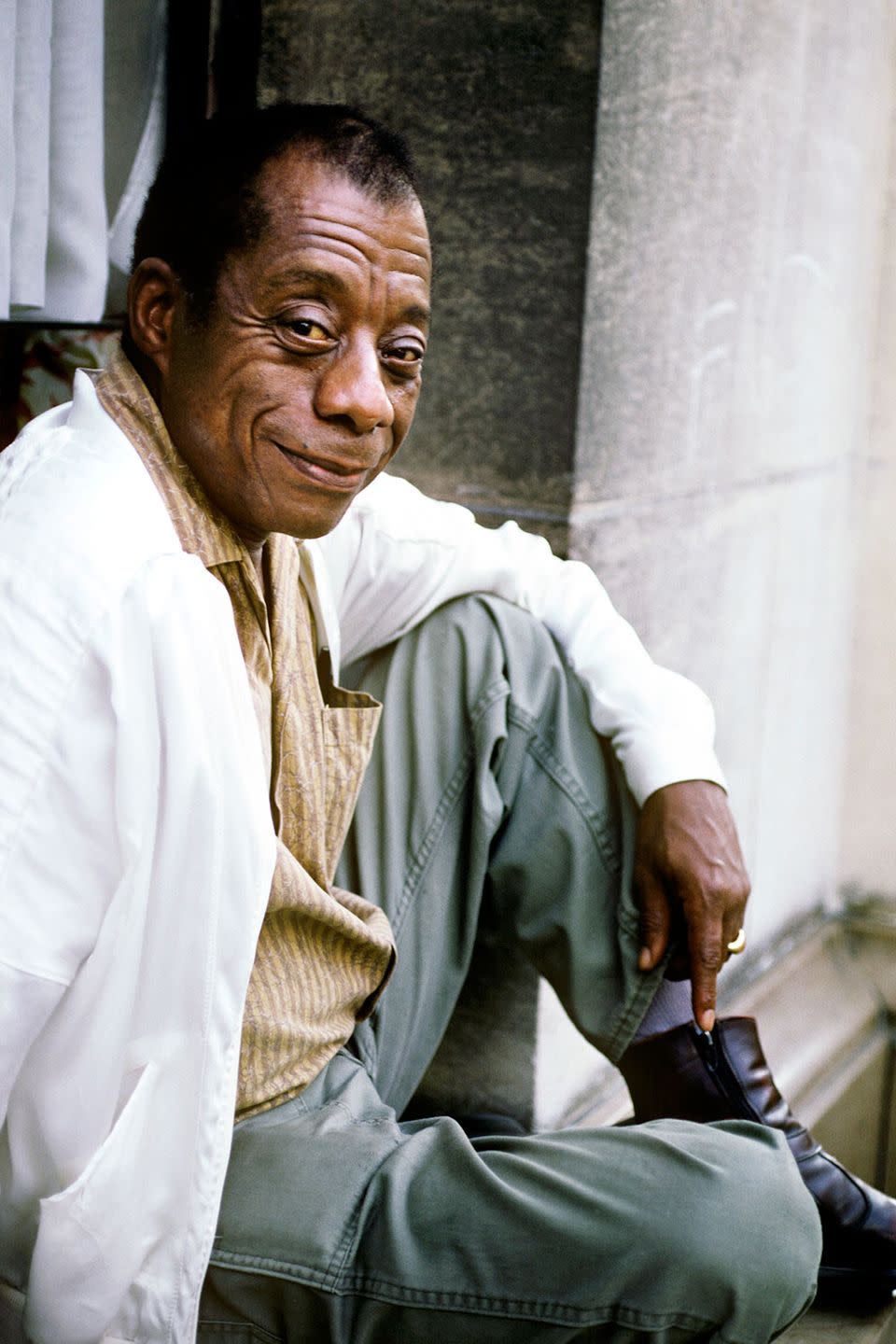
James Baldwin
Baldwin was writing gay and bisexual characters years before the LGBTQ movement fully took form and up until his death in 1987. When asked about his sexuality, he was a firm believer in fluidity over rigid categorization. He was also active in the Civil Rights Movement.
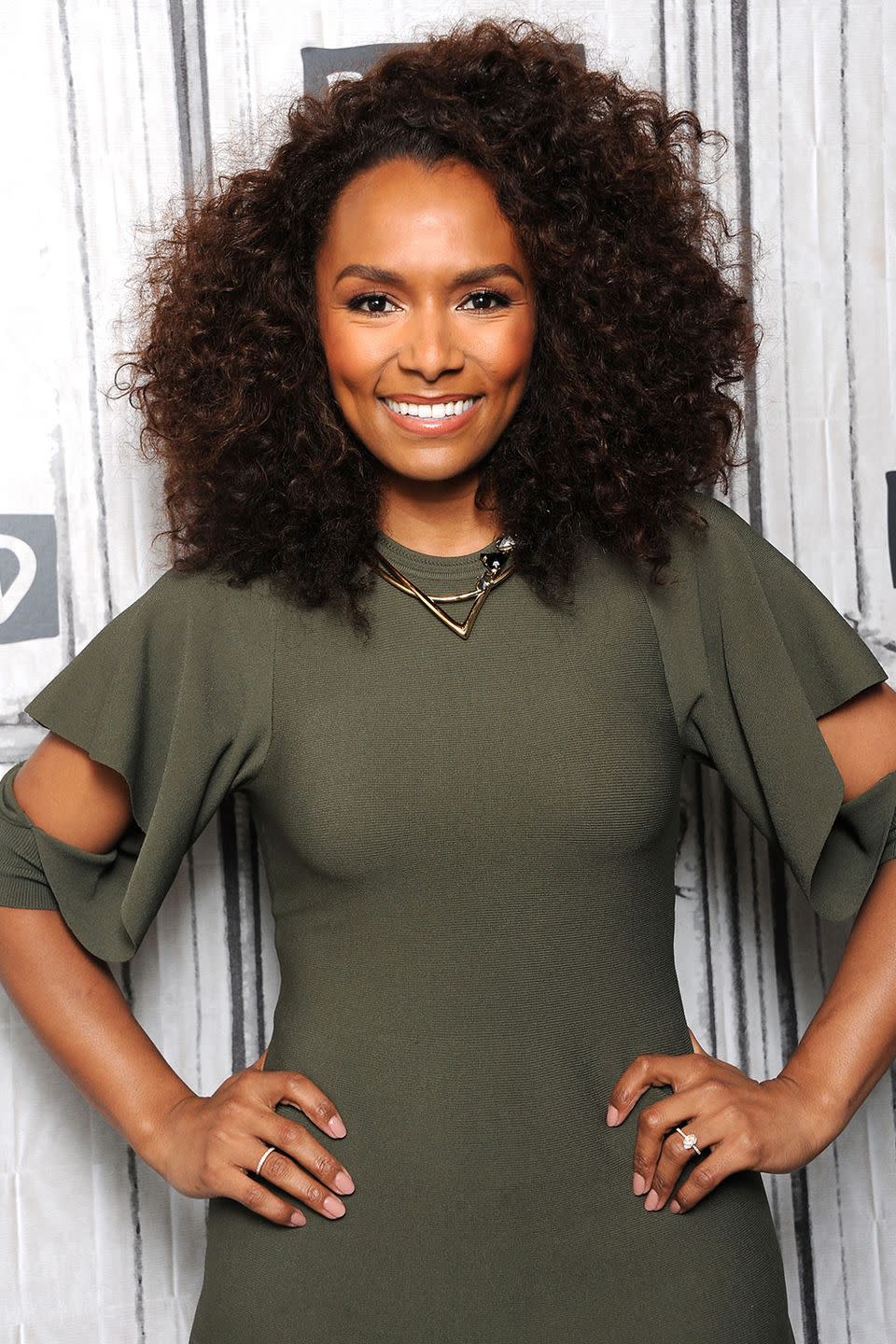
Janet Mock
Mock came out publicly as trans in 2011 and has been writing about the trans experience and a variety of other topics for many outlets. Her book Redefining Realness was a New York Times bestseller.
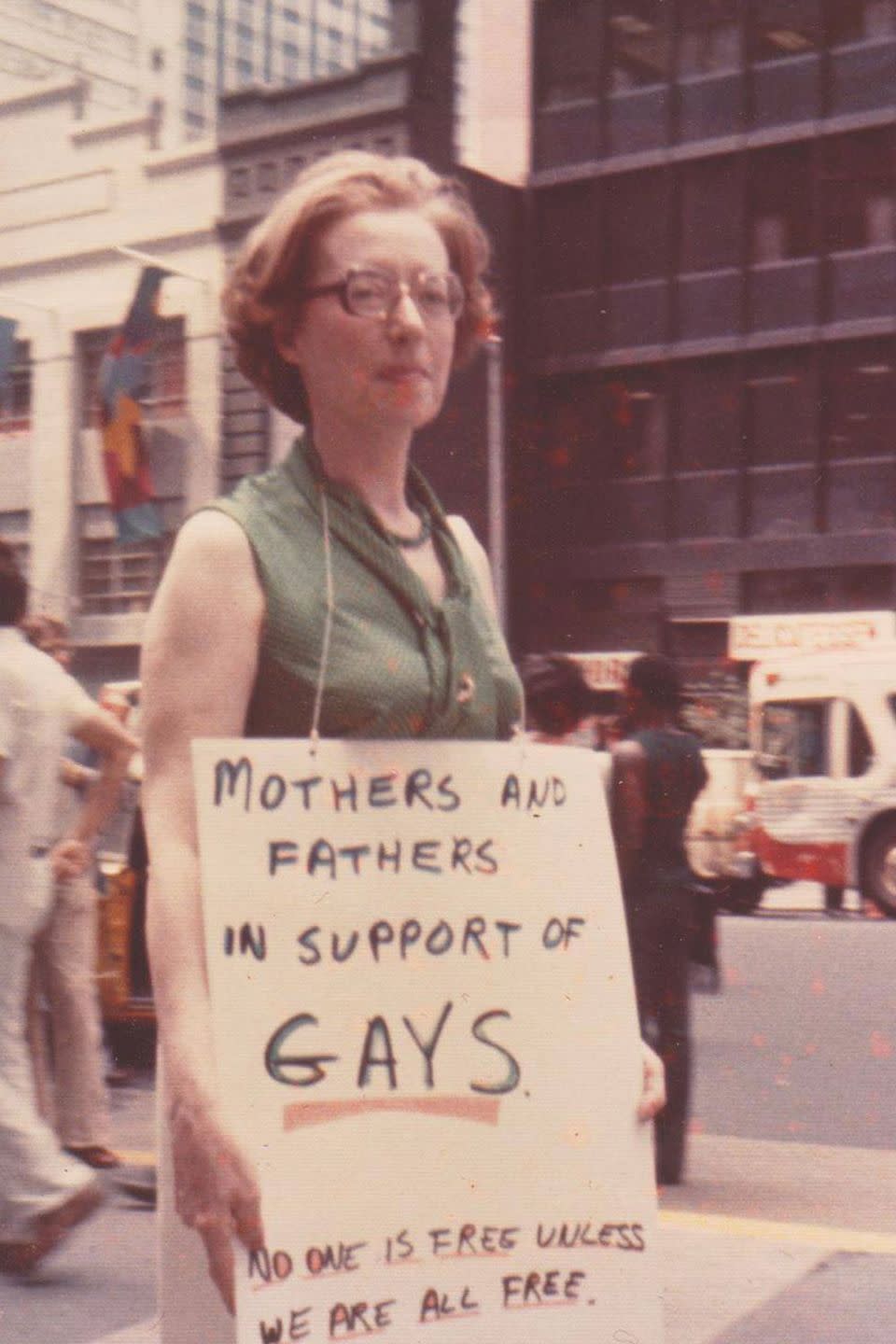
Jeanne Manford
Every movement needs ally support and Manford made sure the LGBTQ community got that support as co-founder of PFLAG, the nation’s first and largest organization for parents, families, friends, and allies to LGBTQ people. She was grand marshal of the New York City's Pride March in 1991 as well as the first Queens pride celebration in 1993. Manford was posthumously awarded the Presidential Citizens Medal by Obama in 2012.
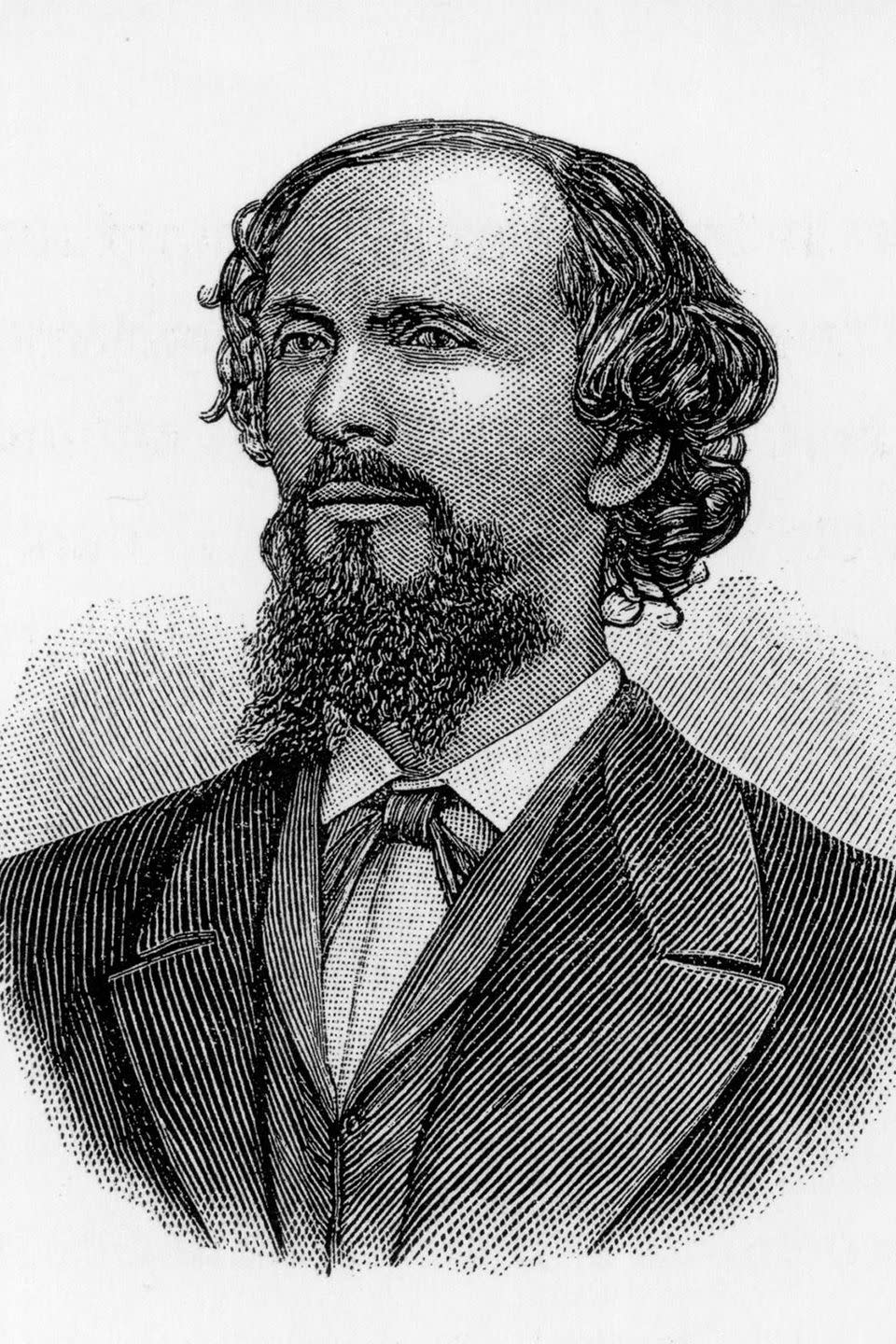
Karl Heinrich Ulrichs
Revered as a pioneer of the modern gay rights movement, Ulrich was a German writer credited as the first person to publicly "come out" in 1862. He sought to end the idea that queerness and pedophilia were intertwined. Ulrich coined the term "urning" to describe his same-sex attraction. Urlichs later rejected the term "homosexual," because he felt queer identity went beyond just sexual acts. He also expressed his belief that this was something people were born with.
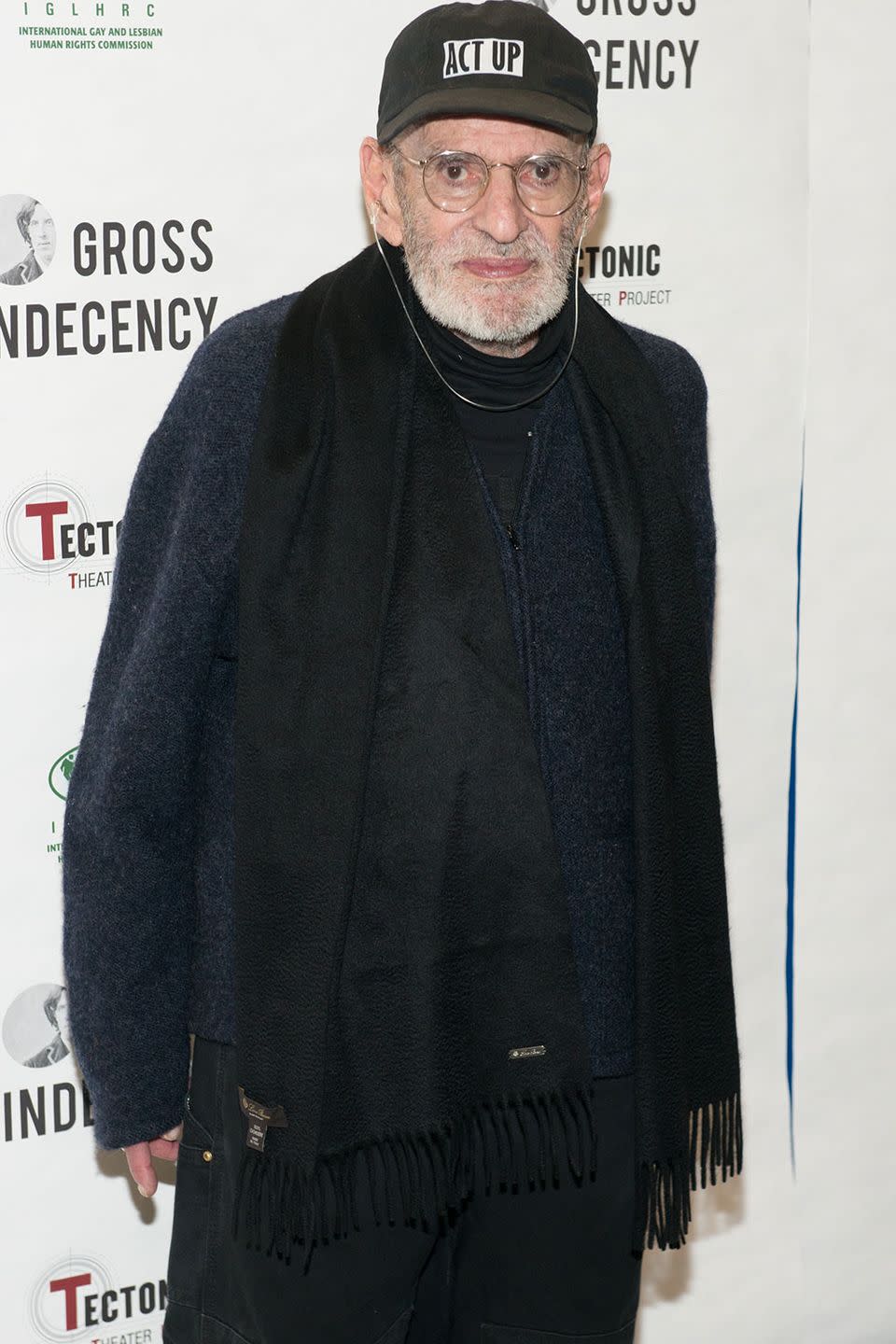
Larry Kramer
Kramer rose to literary fame in the 1970s focusing his work on the gay experience. He turned to activism during the AIDS epidemic in the early '80s and helped launched the Gay Men's Health Crisis in 1982. His unfiltered and aggressive approach forced him to part ways with the group and set his sights higher to the people and organizations that were not paying attention to the problem. He continued his AIDS activism with the formation of ACT UP in 1987 and dramatized his experience in the play (and Emmy-winning TV movie) The Normal Heart.
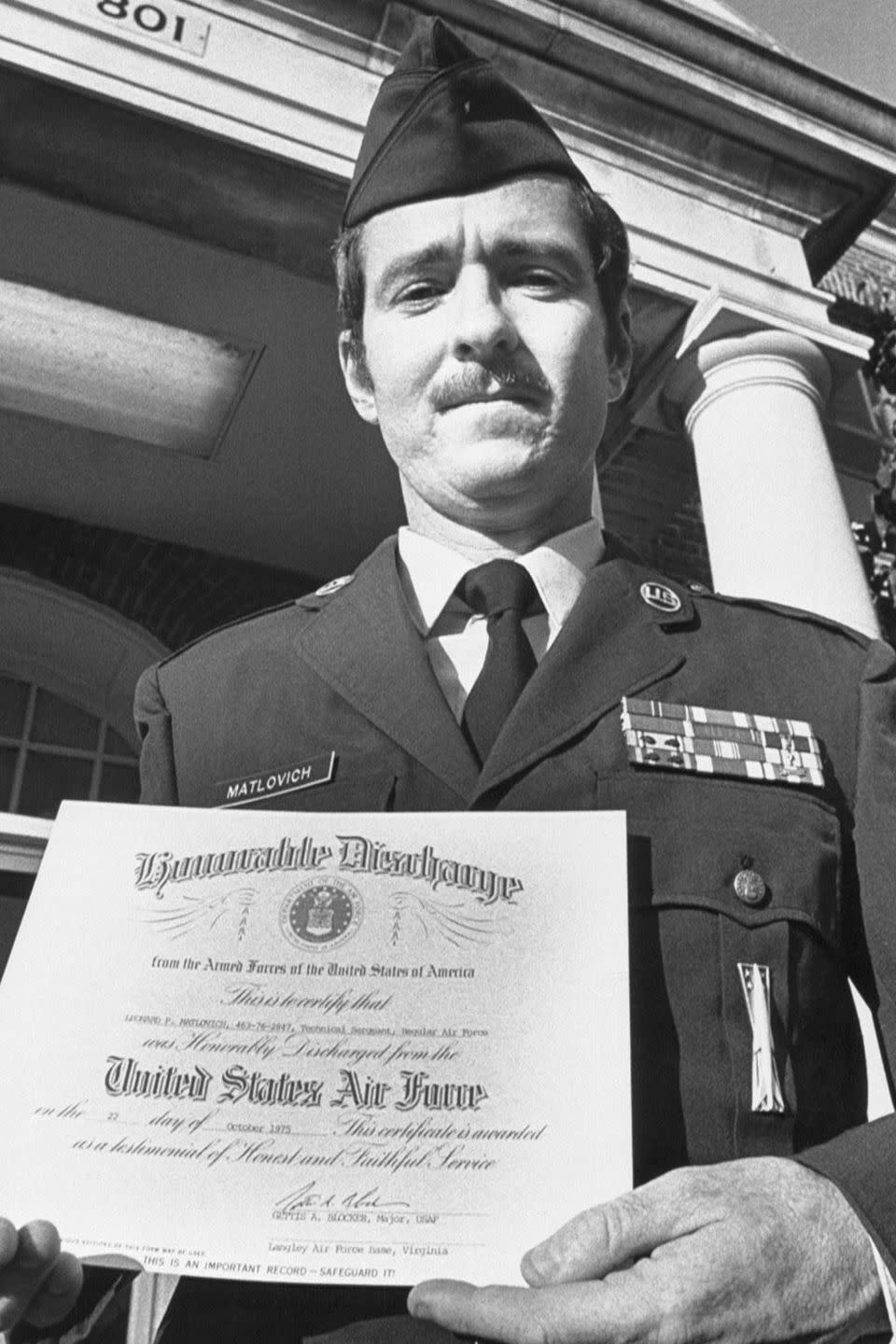
Leonard Matlovich
Matlovich stood up to the military's ban on gay service members by coming out in a letter to his commanding officer in 1975. He was given a general discharge from the Air Force, which he unsuccessfully challenged. A judge finally ruled in his favor in 1980 (even offering five years back pay) and the two sides later came to a settlement. Matlovich's case became relevant once again during the "Don't Ask, Don't Tell" era and even more recently with the attempted ban on transgender service members.
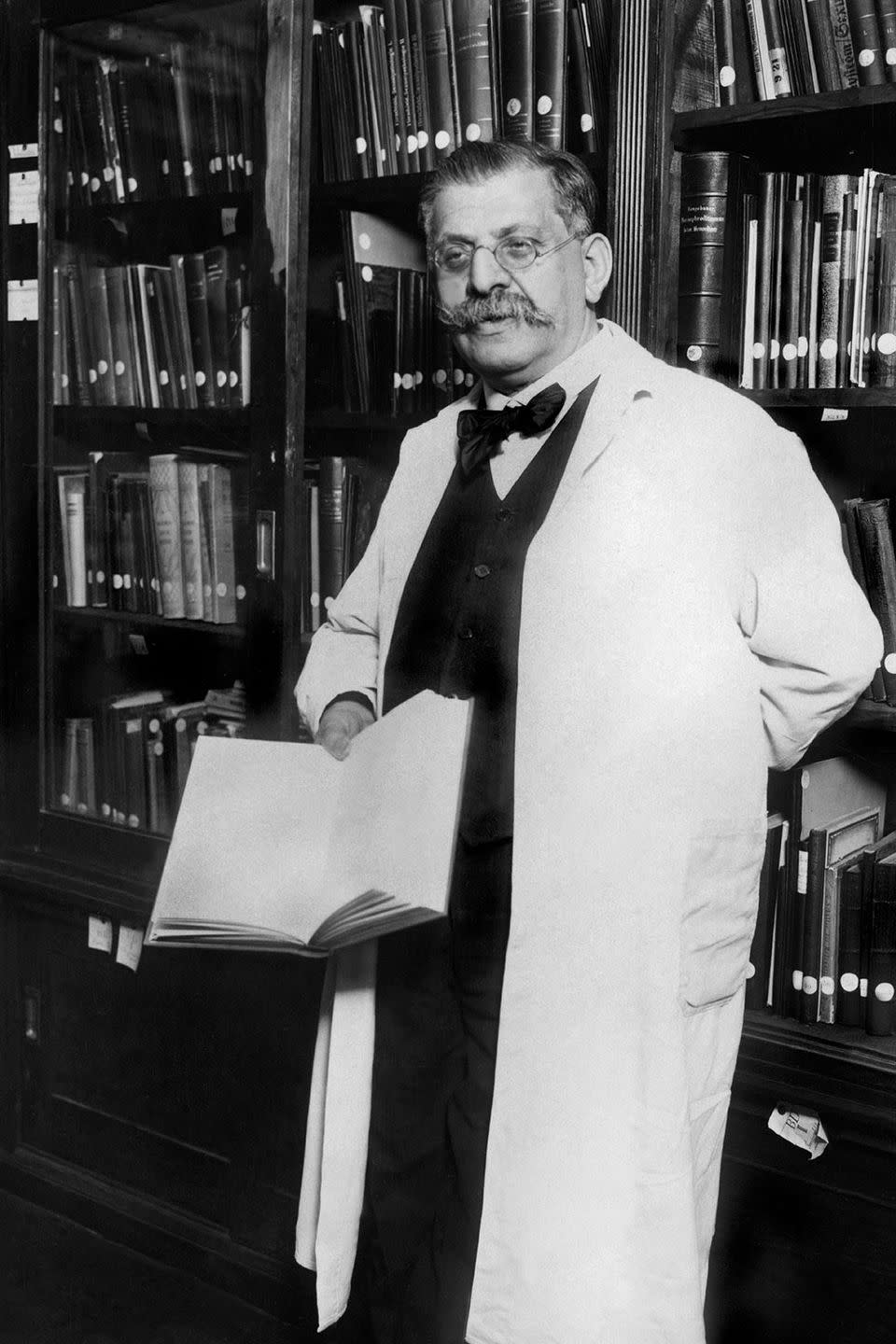
Magnus Hirschfeld
Hirschfeld was a German doctor who began studying sexuality while living in Berlin in 1896 with a focus on homosexuality. He felt strongly that taking a scientific approach to the understanding of sexual minorities would lead to tolerance and acceptance. He co-founded the Scientific-Humanitarian Committee, which was the world's first gay rights organization.
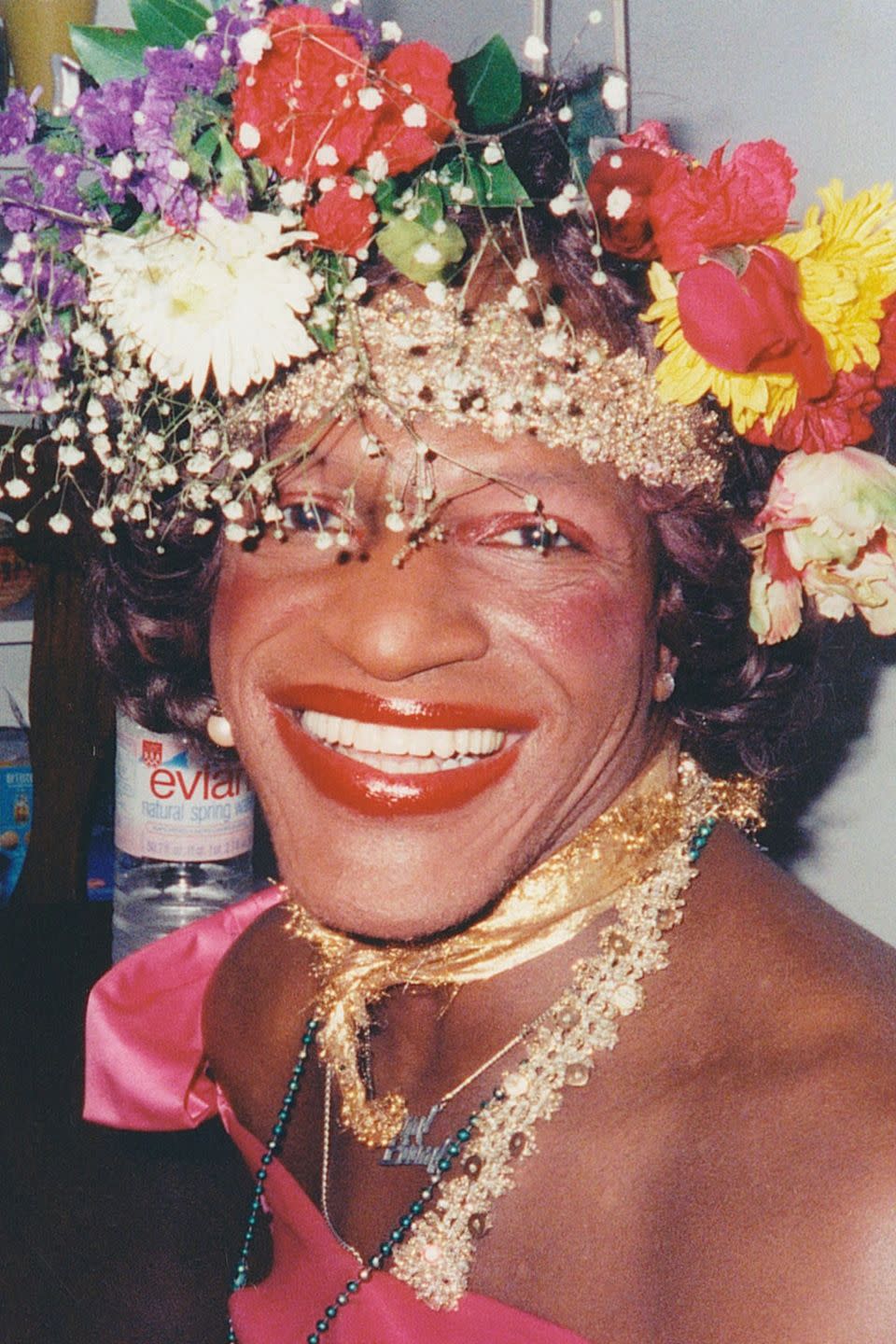
Marsha P. Johnson
Johnson was a transgender woman and one of the main instigators of the Stonewall uprising. She also organized Street Transgender Action Revolutionaries, which helps homeless transgender youth in New York City. Her 1992 death sparked outrage in the community after it was ruled a suicide with little investigation. An activist named Mariah Lopez got the case reopened in 2012 in the hopes of bringing justice to her death and the countless other members of the trans community who are murdered every year.
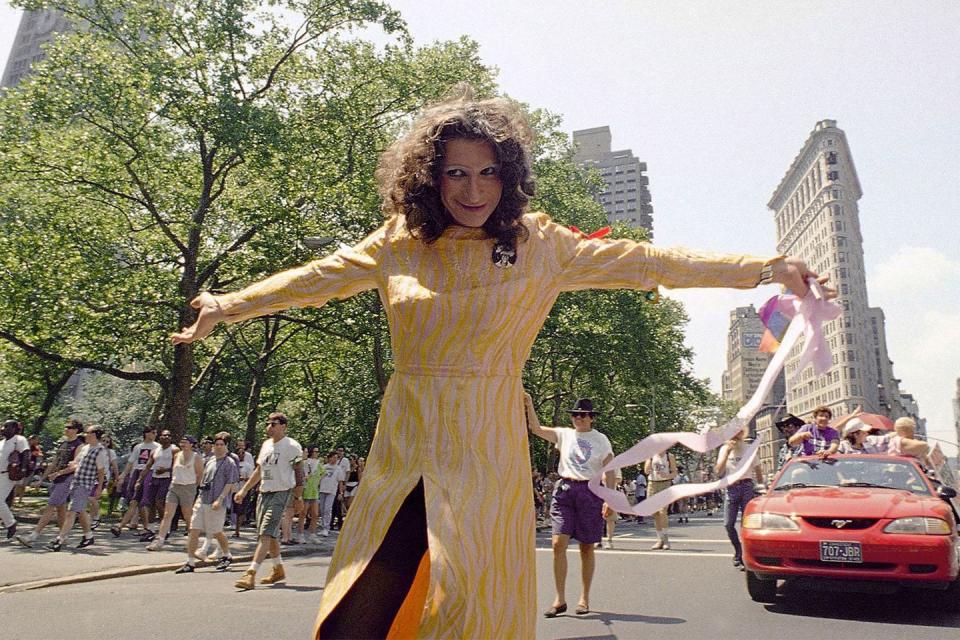
Sylvia Rivera
Rivera was rumored to have thrown one of the first bottles during the Stonewall uprising in 1969, but she was also fighting for LGBTQ rights for years before that. She worked alongside Marsha P. Johnson to launch Street Transvestite Action Revolutionaries (STAR) and co-founded the Gay Liberation Front and Gay Activists Alliance.

Peter Tatchell
Tatchell has been on the front line of the movement since the late 1960s and remains a major player in the fight for human rights all over the world. He helped organize the first Pride March in Britain in 1972. His commitment to the cause is stronger than ever as evidenced by his recent arrest in Moscow during the 2018 World Cup over Russia's treatment of LGBTQ people.
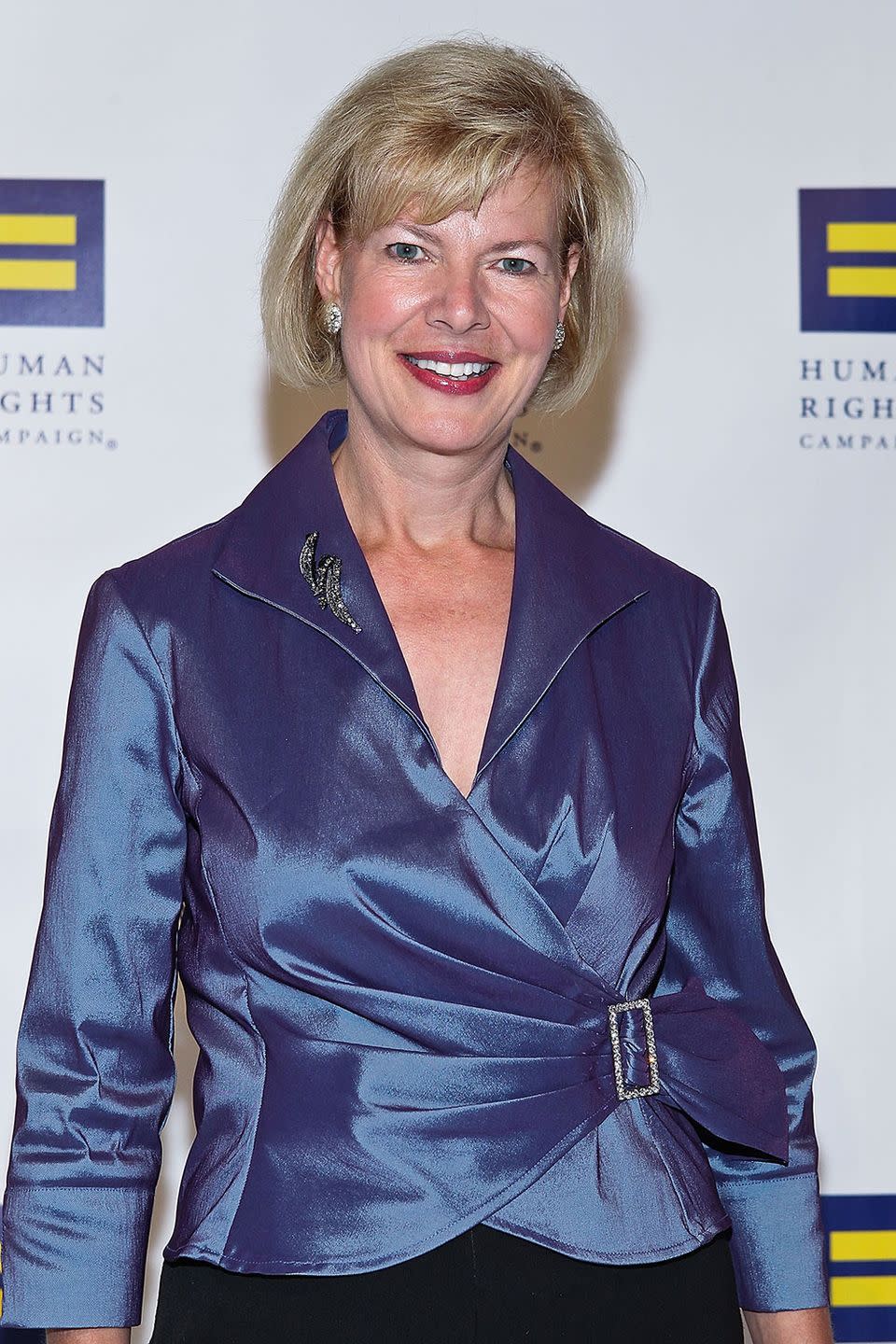
Tammy Baldwin
Baldwin earned her place in history in 1998 when she became the first openly gay person elected to Congress. She was also the first openly gay person in the Senate after her election in 2012. She's been a crusader for LGBTQ rights as well as women's rights throughout her political career.
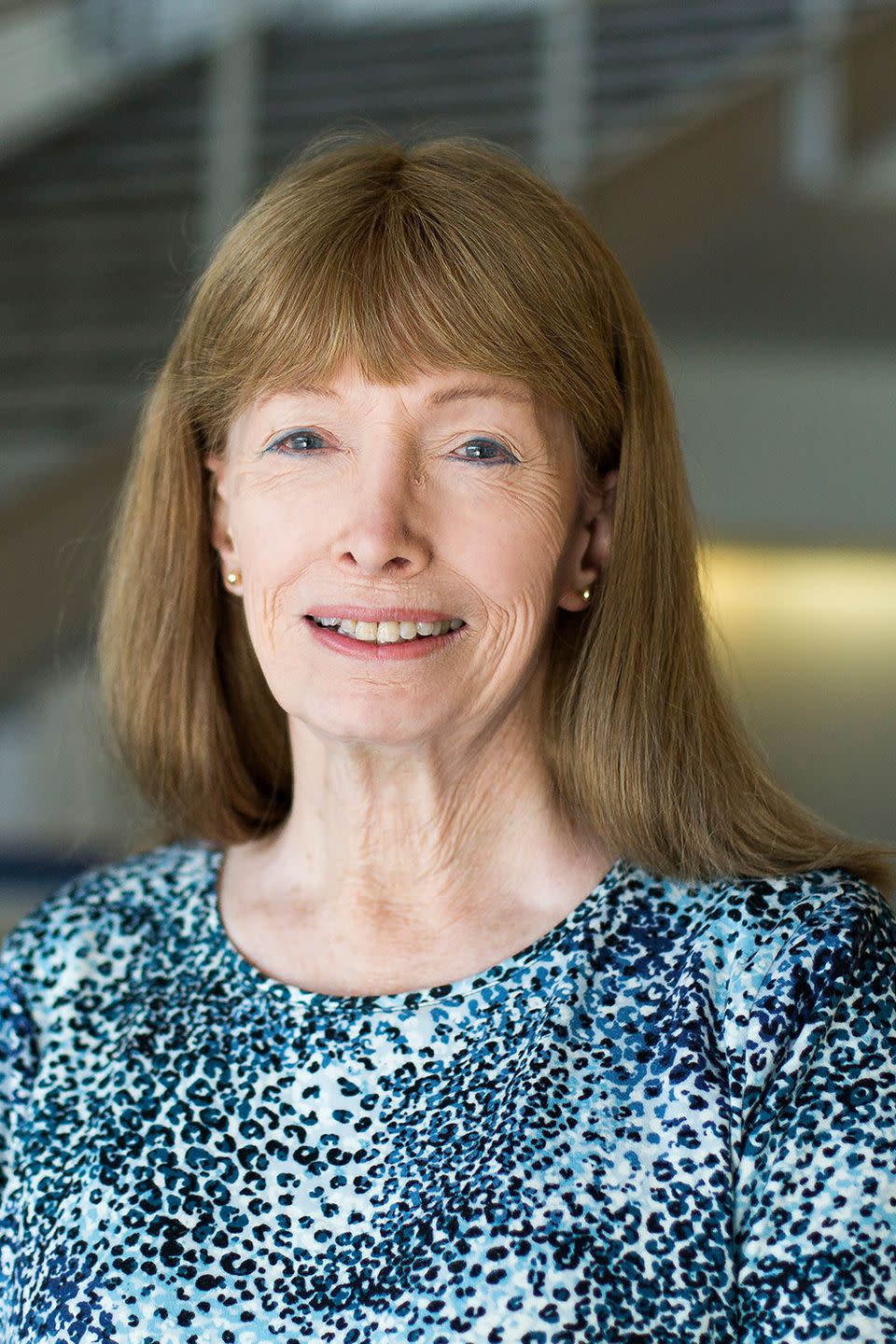
Lynn Conway
After coming out as trans to family and friends in 1999, Conway joined the fight for transgender rights. She launched a website providing resources and offering advice to the trans community. Conway's fight included standing up to the psychiatric community to eliminate Gender Identity Disorder from the vernacular.
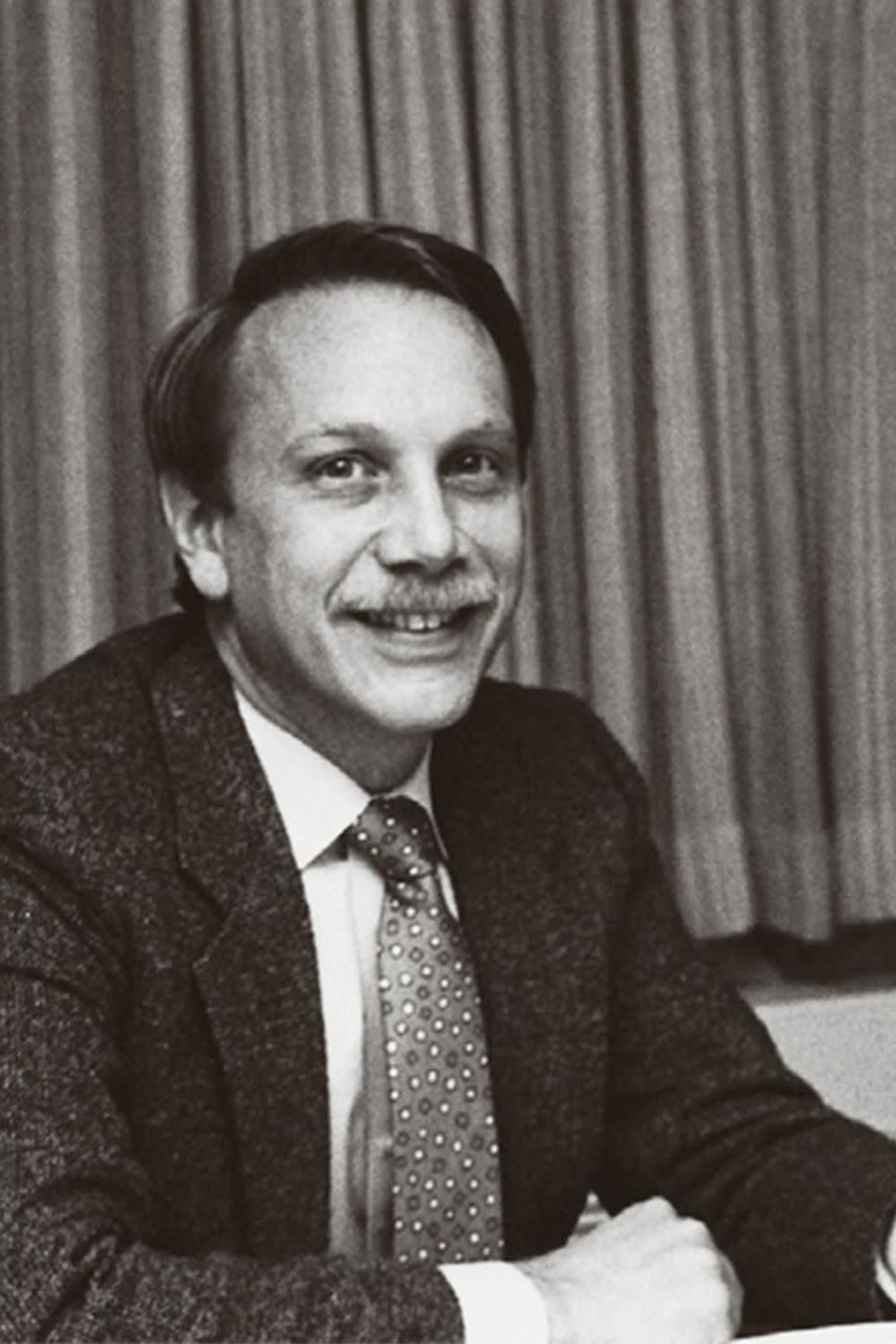
Steve Endean
Endean founded the Human Rights Campaign Fund in 1980, which was one of the first LGBTQ PACs (political action committee) in existence. The group sought to provide support for candidates who backed legislation that push the movement forward. With over three million members, the HRC has become the largest organization advocating for LGBTQ civil rights.
It's been a long road to the Pride Parade.